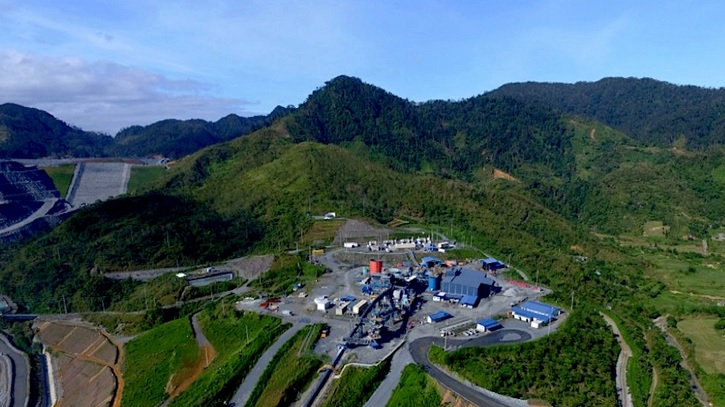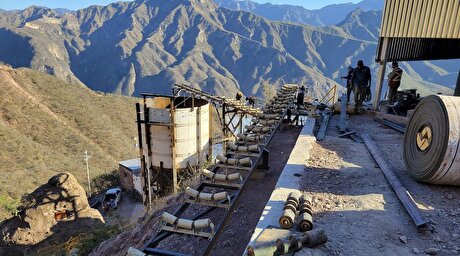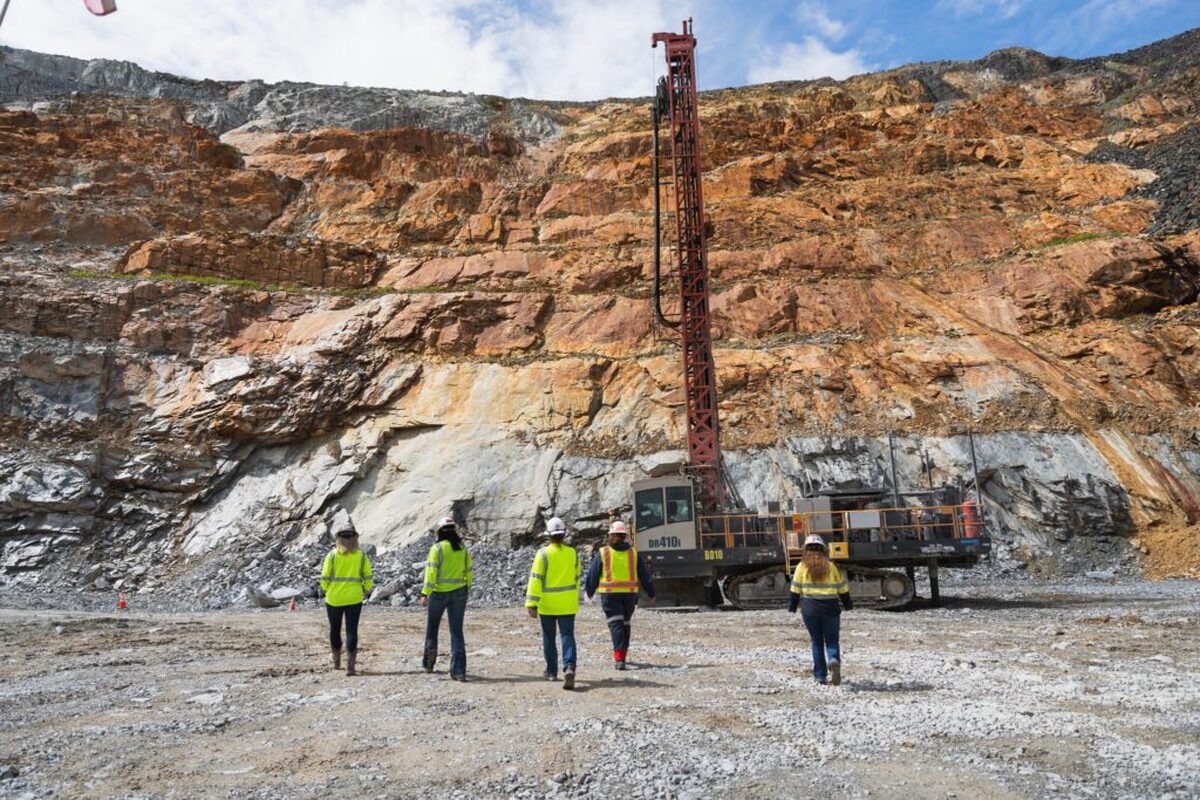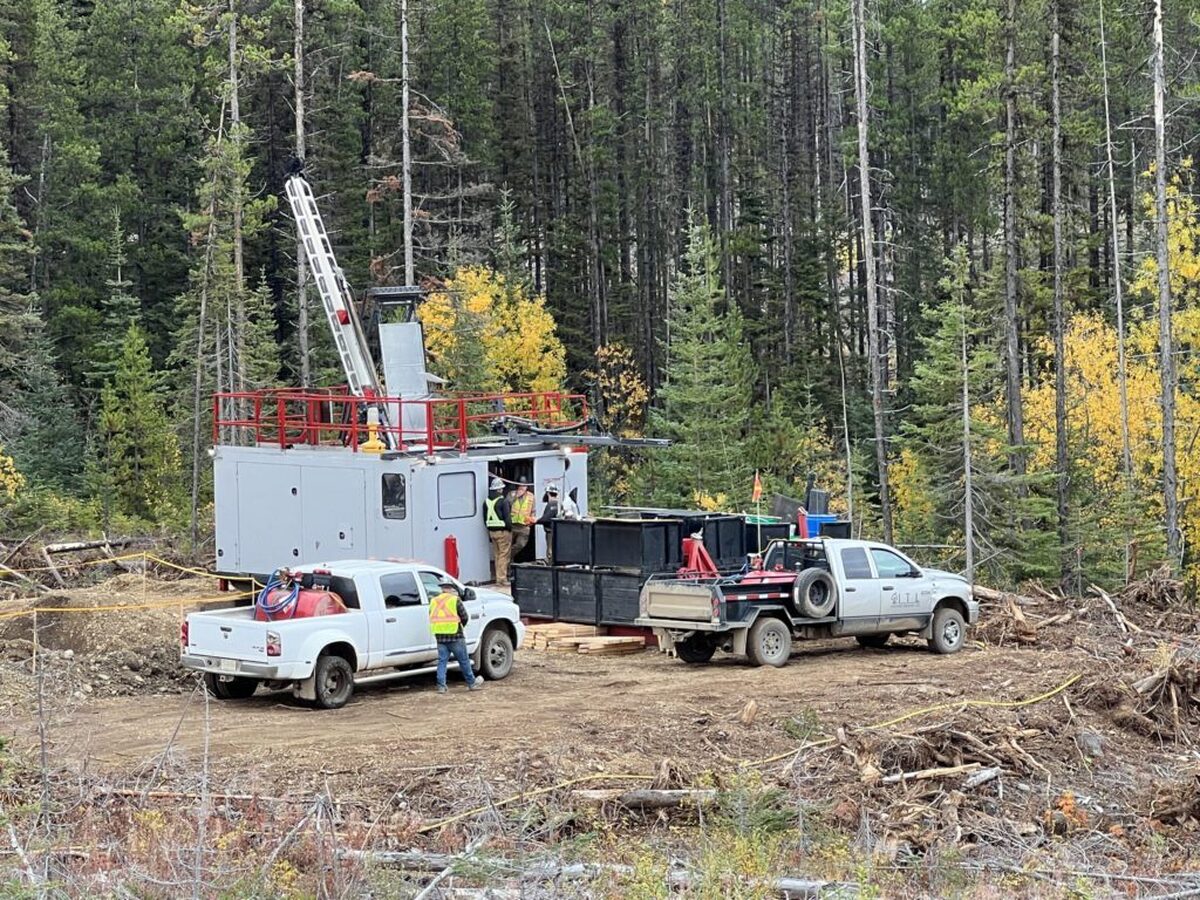
OceanaGold halts Philippines mine operations

The mid-tier gold producer said that, while processing continues, underground extraction work has stopped due to the “depletion of consumable mining supplies.”
Earlier this month, the governor of Nueva Vizcaya province directed local government units to restrain OceanaGold’s operations. As part of the move, supplies have not been able to access the mine site.
Nueva Vizcaya provincial court has rejected the company’s injunction against any restraint to operations
The miner reacted by filing an injunction against any restraint to operations, but the provincial has court denied, it said.
The company will now appeal this decision to the Philippine Court of Appeals, in Manila.
OceanaGold has overcome conflict with the Philippines government in the past, including a 2017 plan by former environment and natural resources secretary Regina Lopez to suspend several mining operations in the country.
While the miner waits for the renewal of its operating license, the country’s industry regulator, Mines and Geosciences Bureau (MGB), confirmed earlier this month that Oceana had the right to keep Didipio open.
“Authority over the Didipio mine rests with the national government,” the company said in the statement. “The Local Government Code of 1991 (Republic Act No. 7160) does not grant the power or authority to the Provincial governor or any local government officer to restrain any aspect of the operation.”
Didipio, which began production in 2013, has a measured and indicated resource of 1.3 million ounces of gold and 160,000 tonnes of copper.
The mine, 270 km north of Manila, is expected to churn out this year between 120,000 and 130,000 ounces of gold and 14,000 to 15,000 tonnes of copper.
The Melbourne-based company also has assets in New Zealand and the United States.
Before the ongoing disruptions, it expected to produce 500,000 to 550,000 ounces of gold and between 14,000 to 15,000 tonnes of copper this year.



Energy Fuels soars on Vulcan Elements partnership

China extends rare earth controls to imported material

Galan Lithium proceeds with $13M financing for Argentina project

Northern Dynasty sticks to proposal in battle to lift Pebble mine veto

Ukraine launches tender for major lithium deposit

KoBold Metals granted lithium exploration rights in Congo

Freeport Indonesia to wrap up Gresik plant repairs by early September

Kyrgyzstan kicks off underground gold mining at Kumtor

Critical Metals signs agreement to supply rare earth to US government-funded facility

Equinox Gold kicks off ore processing at Valentine mine

India considers easing restrictions on gold in pension funds

Luca Mining expands Tahuehueto mine with Fresnillo land deal

Kyrgyzstan kicks off underground gold mining at Kumtor

Ukraine launches tender for major lithium deposit

KoBold Metals granted lithium exploration rights in Congo

Freeport Indonesia to wrap up Gresik plant repairs by early September

Energy Fuels soars on Vulcan Elements partnership

Northern Dynasty sticks to proposal in battle to lift Pebble mine veto

Giustra-backed mining firm teams up with informal miners in Colombia

India considers easing restrictions on gold in pension funds

Luca Mining expands Tahuehueto mine with Fresnillo land deal

Kyrgyzstan kicks off underground gold mining at Kumtor

Ukraine launches tender for major lithium deposit

Freeport Indonesia to wrap up Gresik plant repairs by early September

Energy Fuels soars on Vulcan Elements partnership

Northern Dynasty sticks to proposal in battle to lift Pebble mine veto

Giustra-backed mining firm teams up with informal miners in Colombia

Critical Metals signs agreement to supply rare earth to US government-funded facility



















